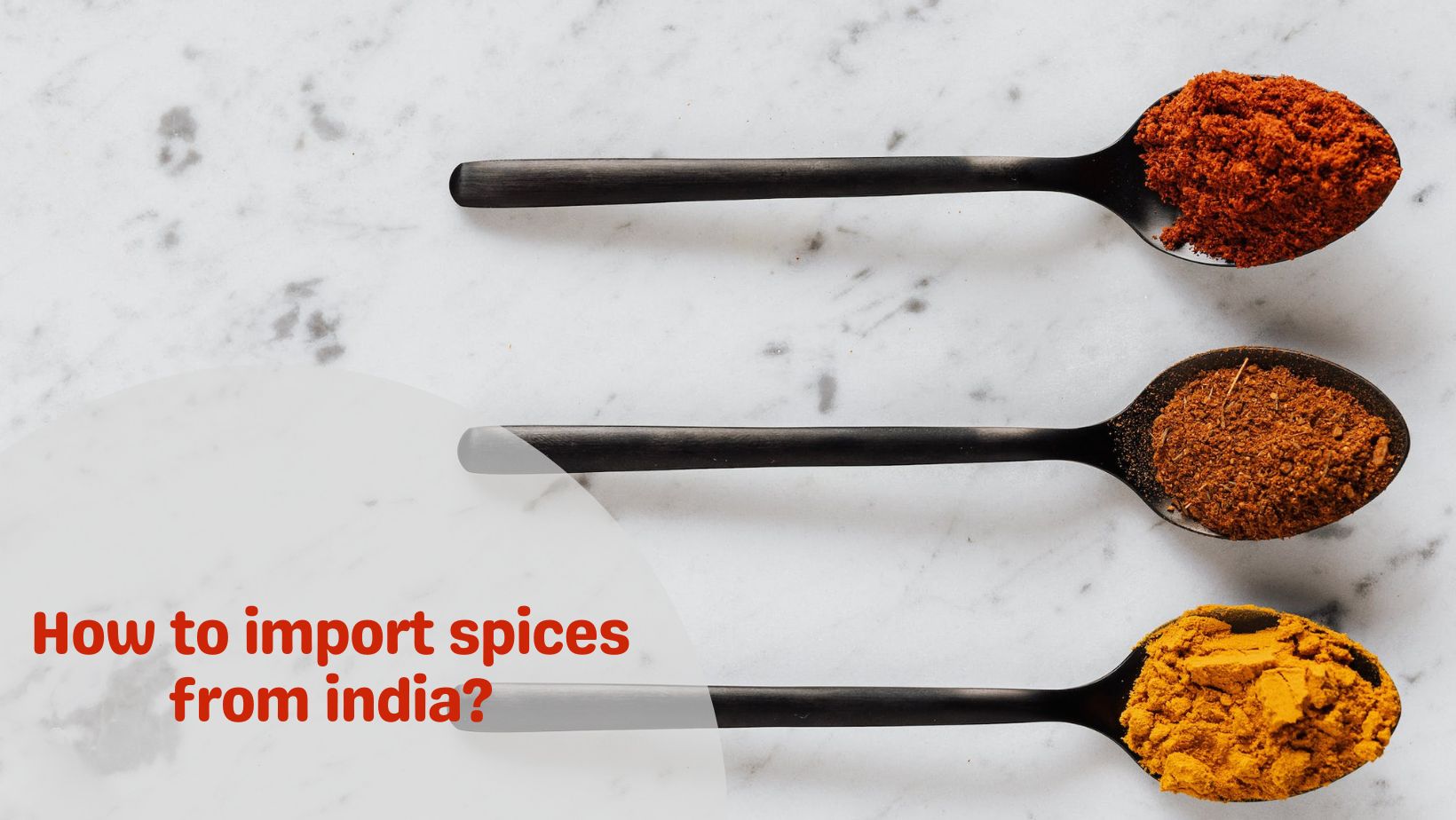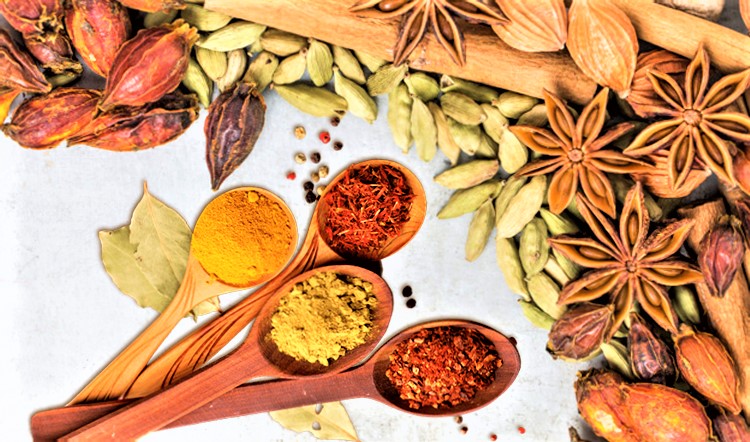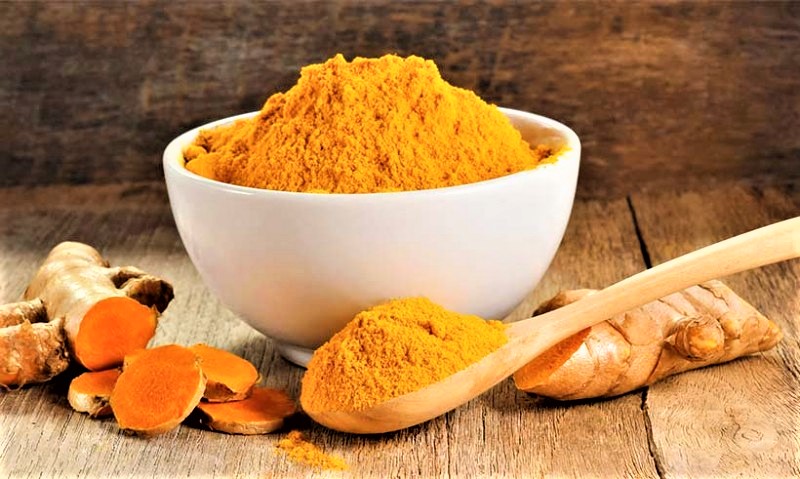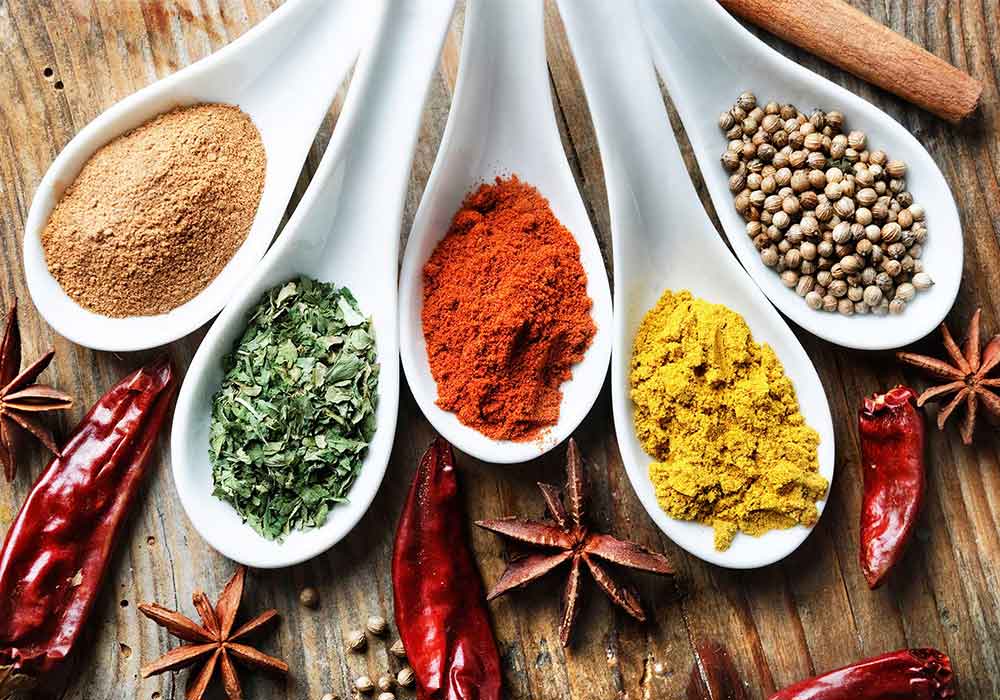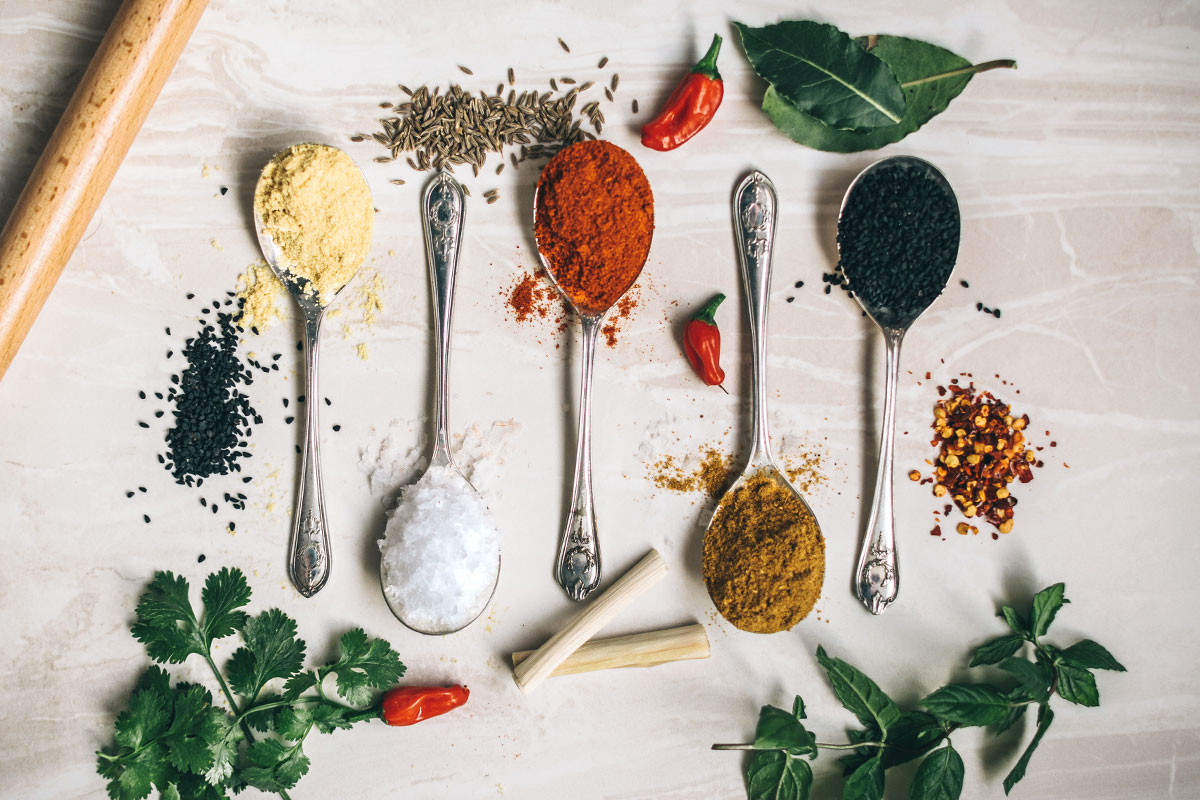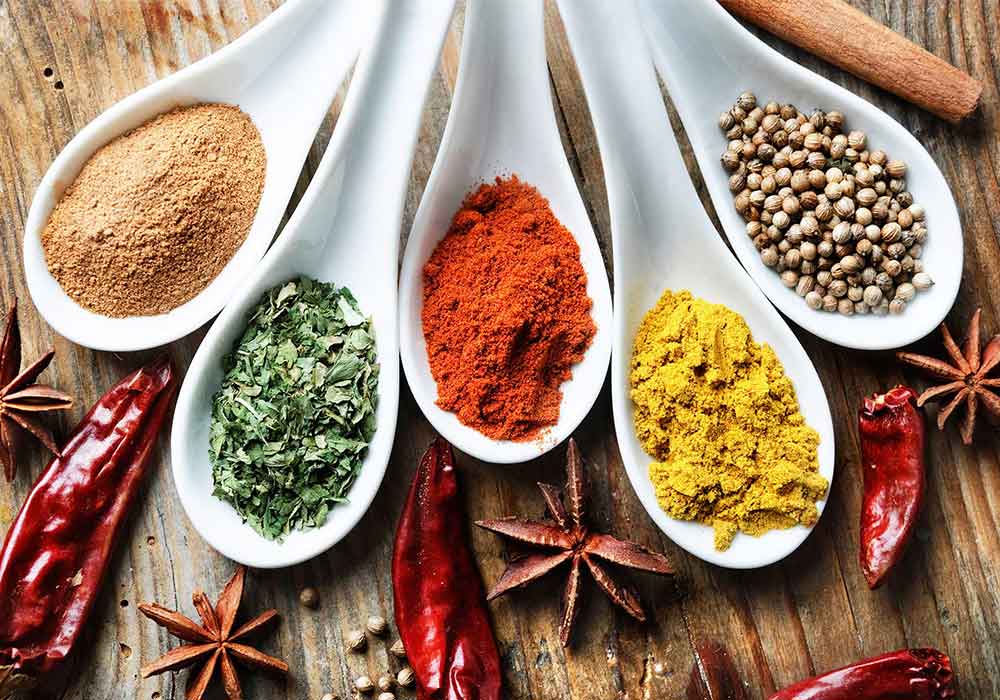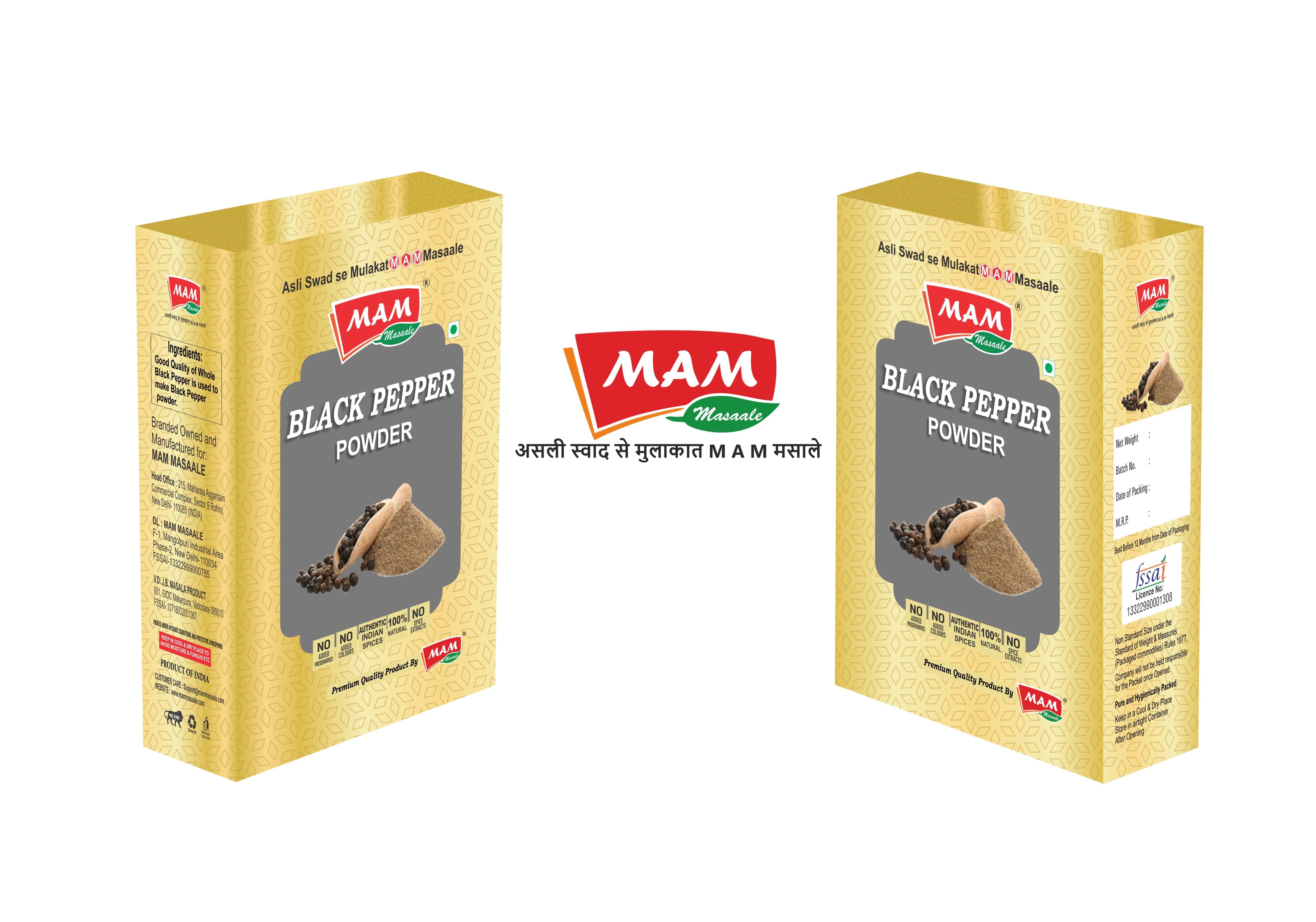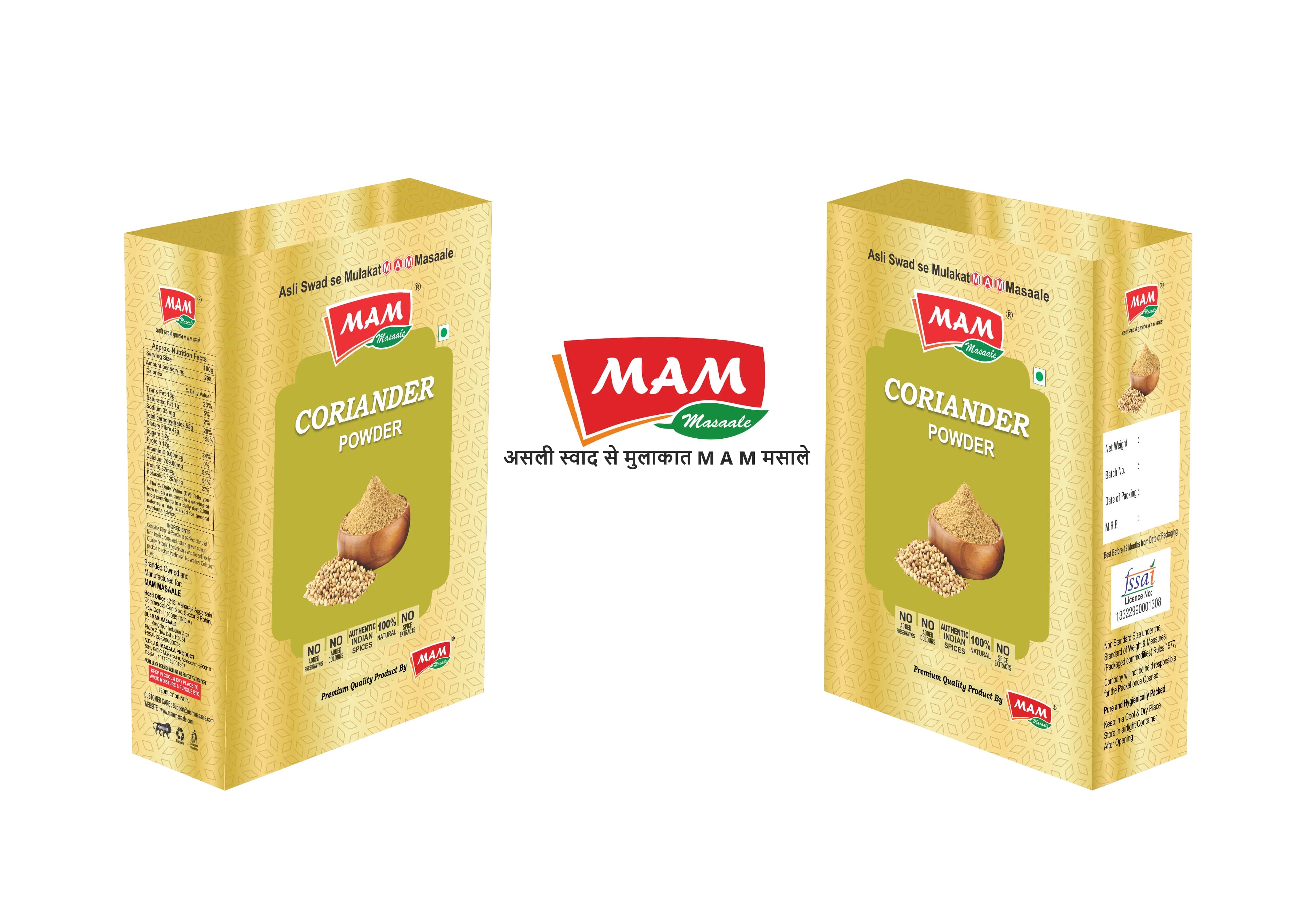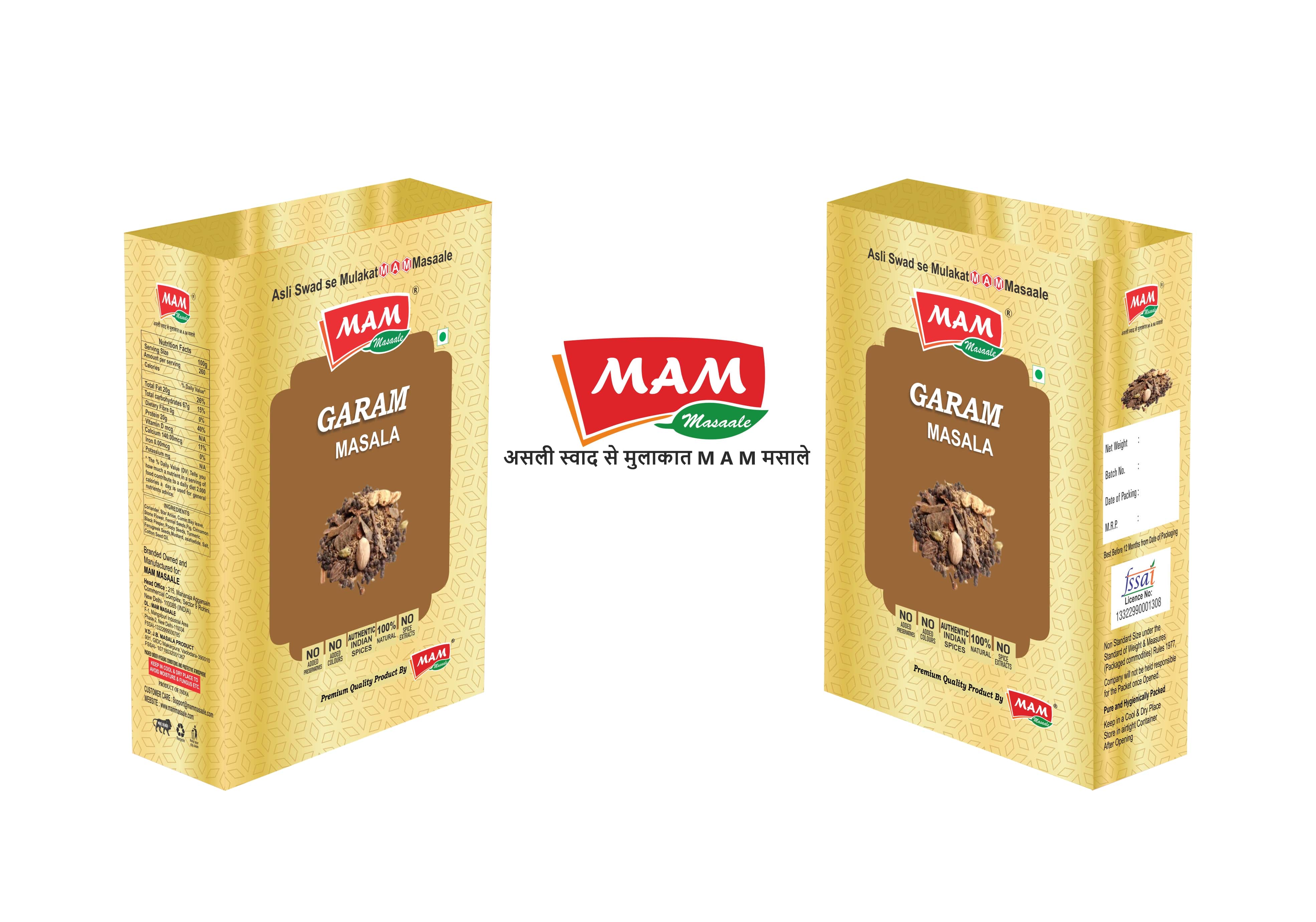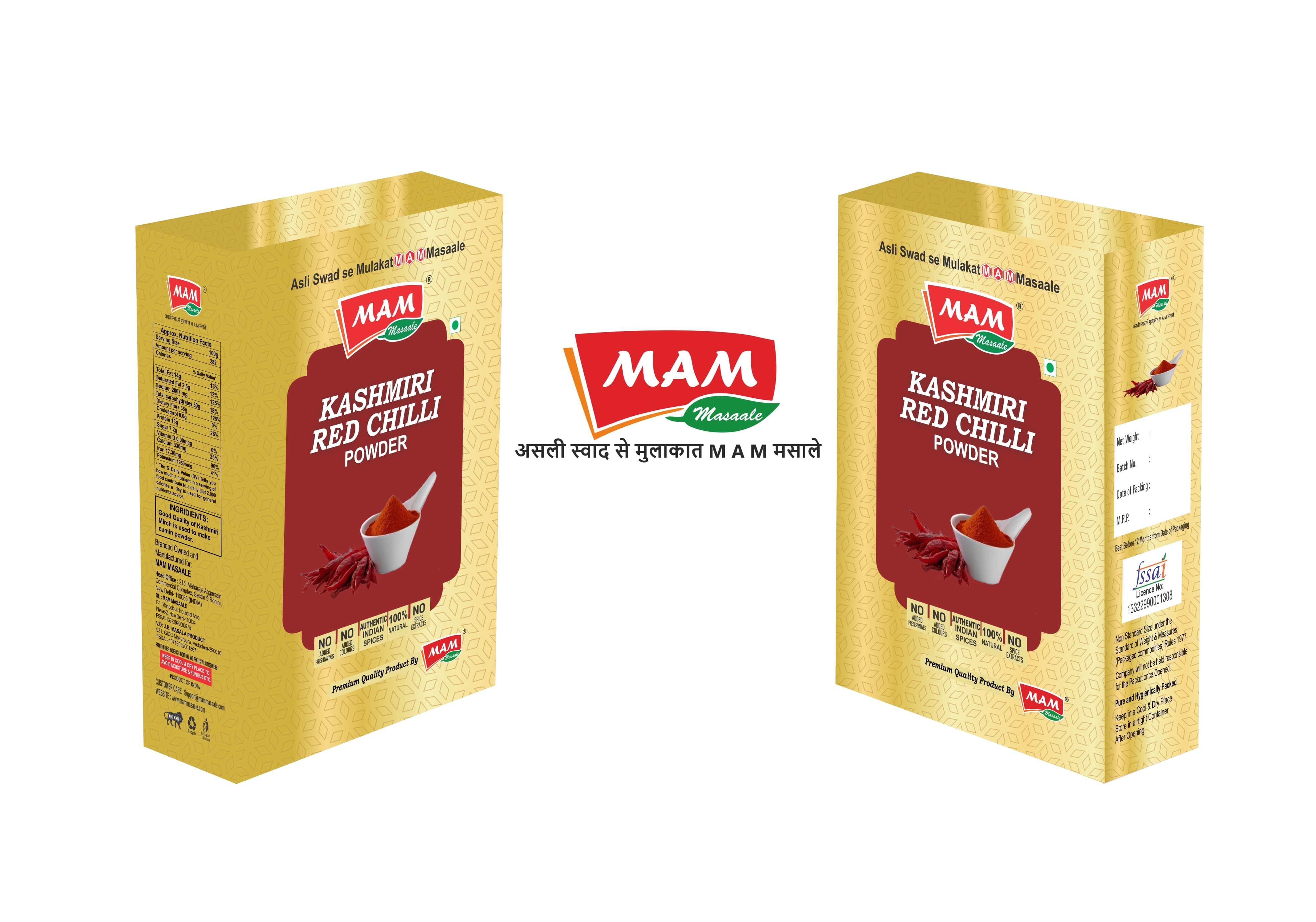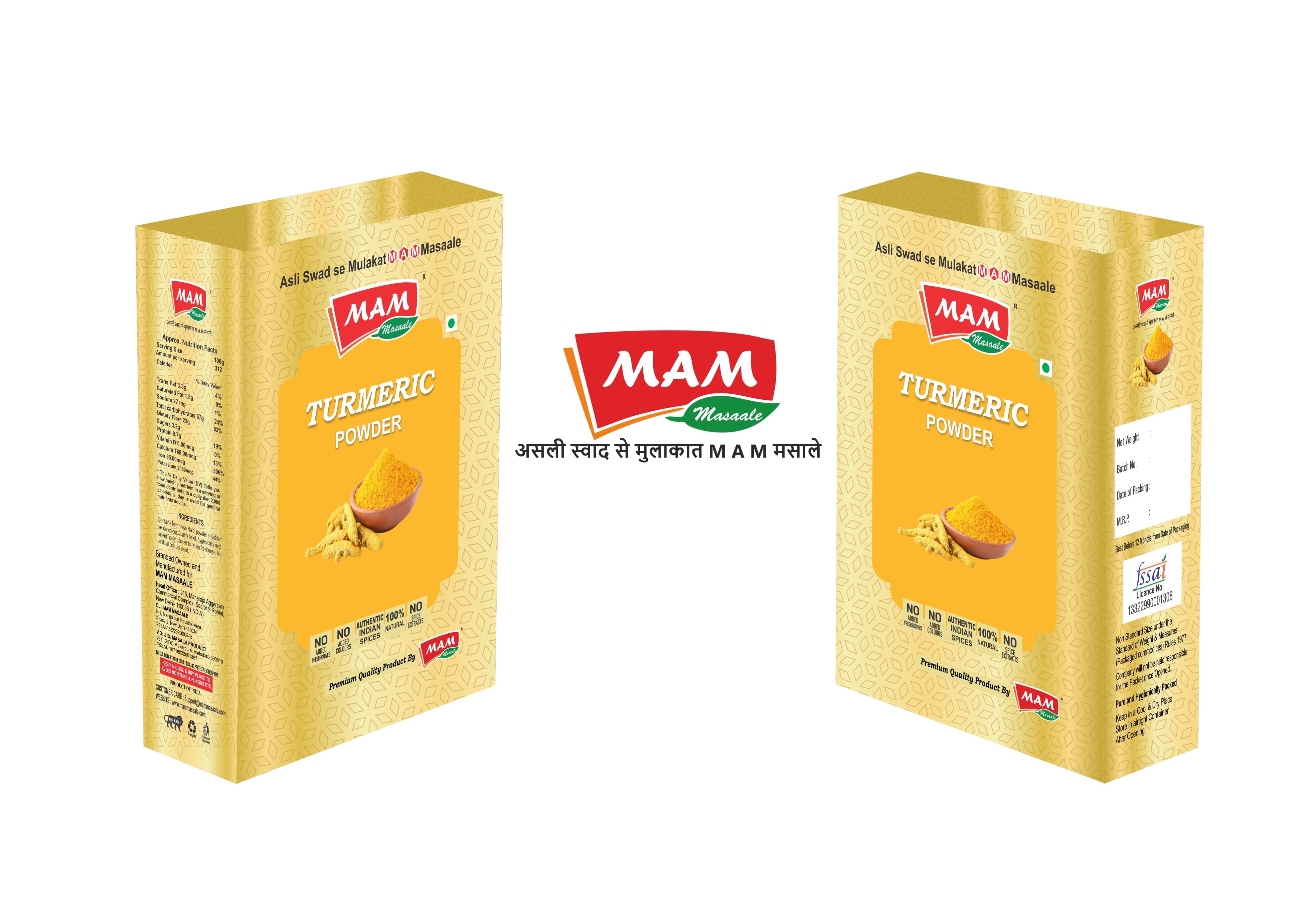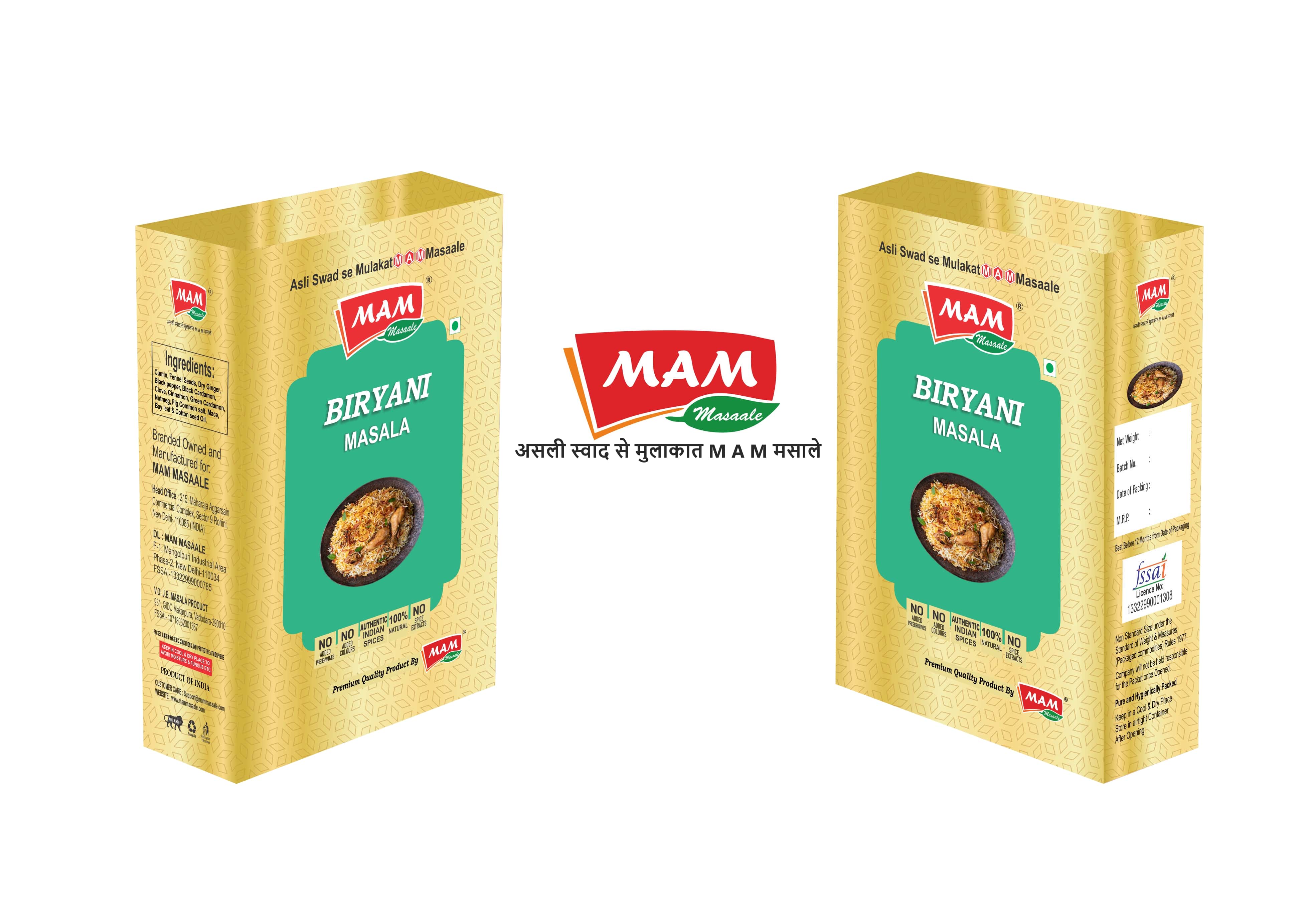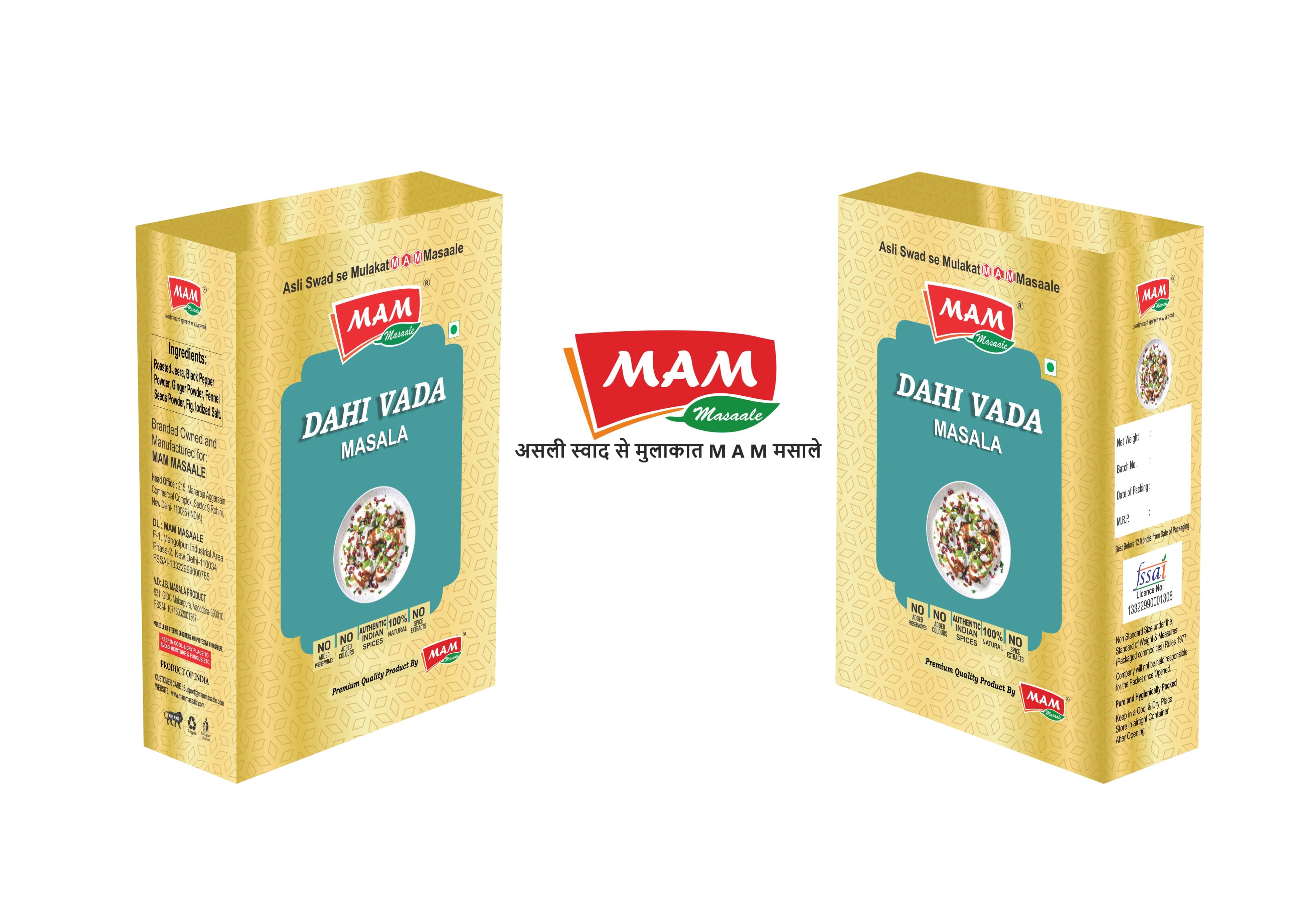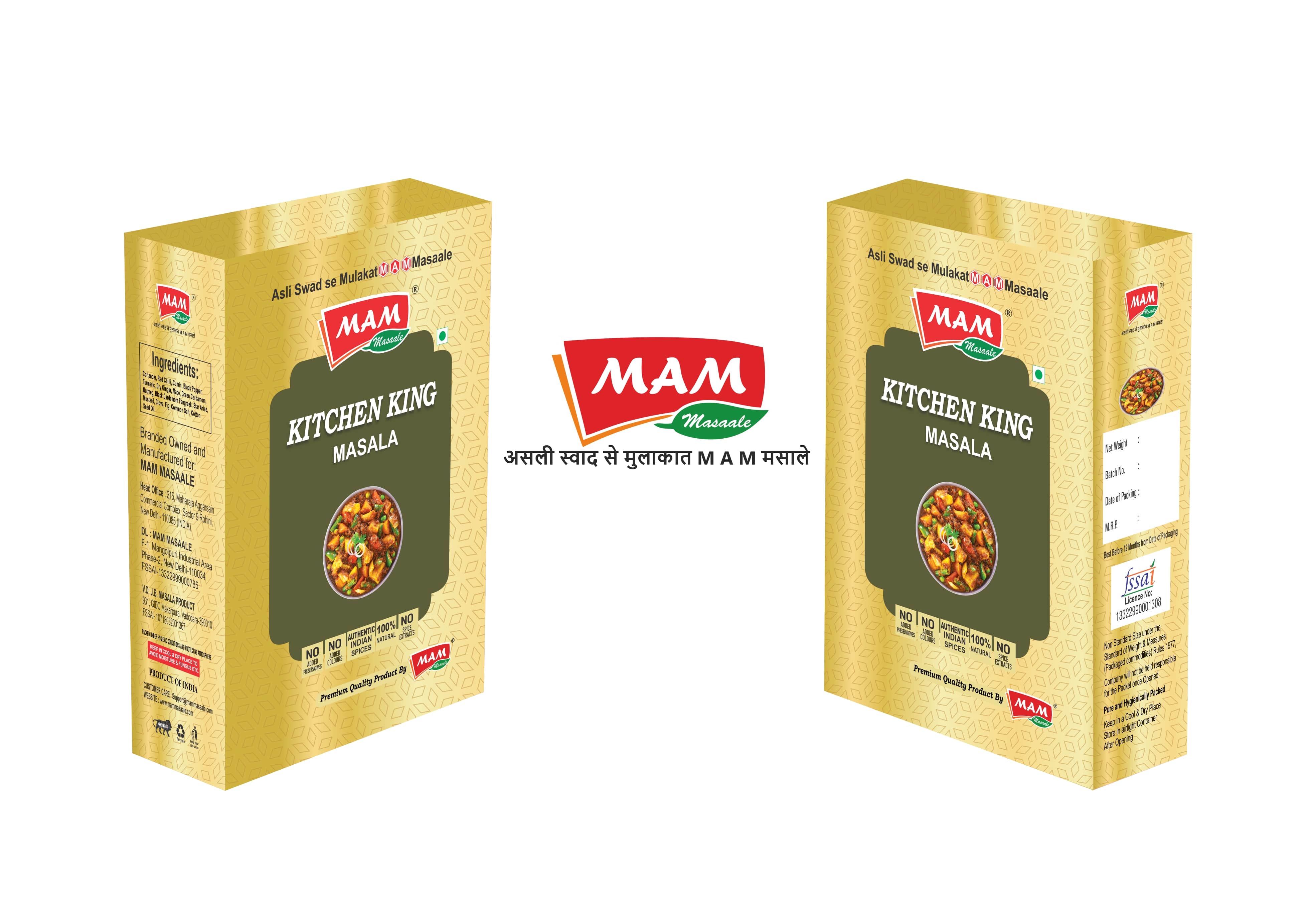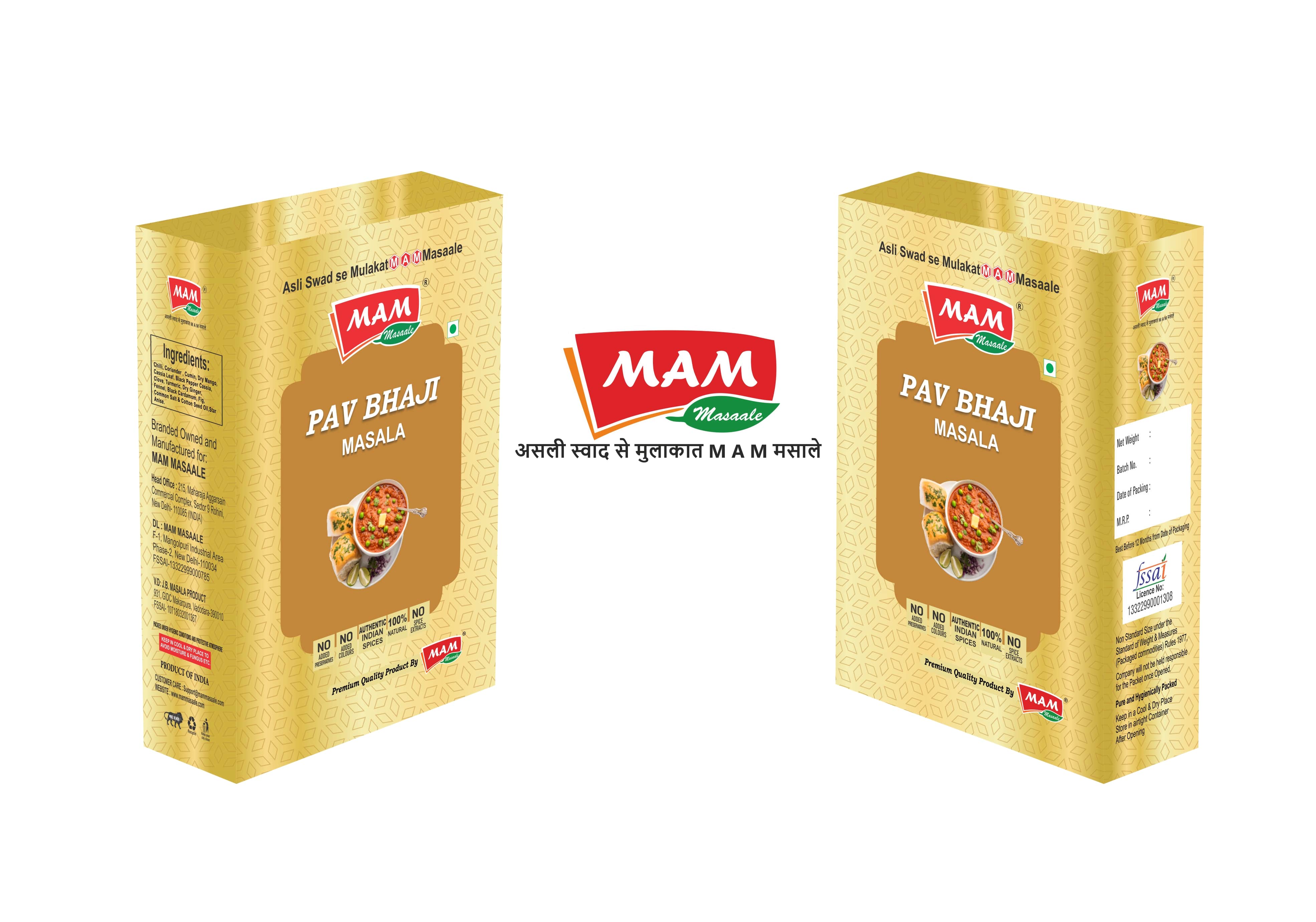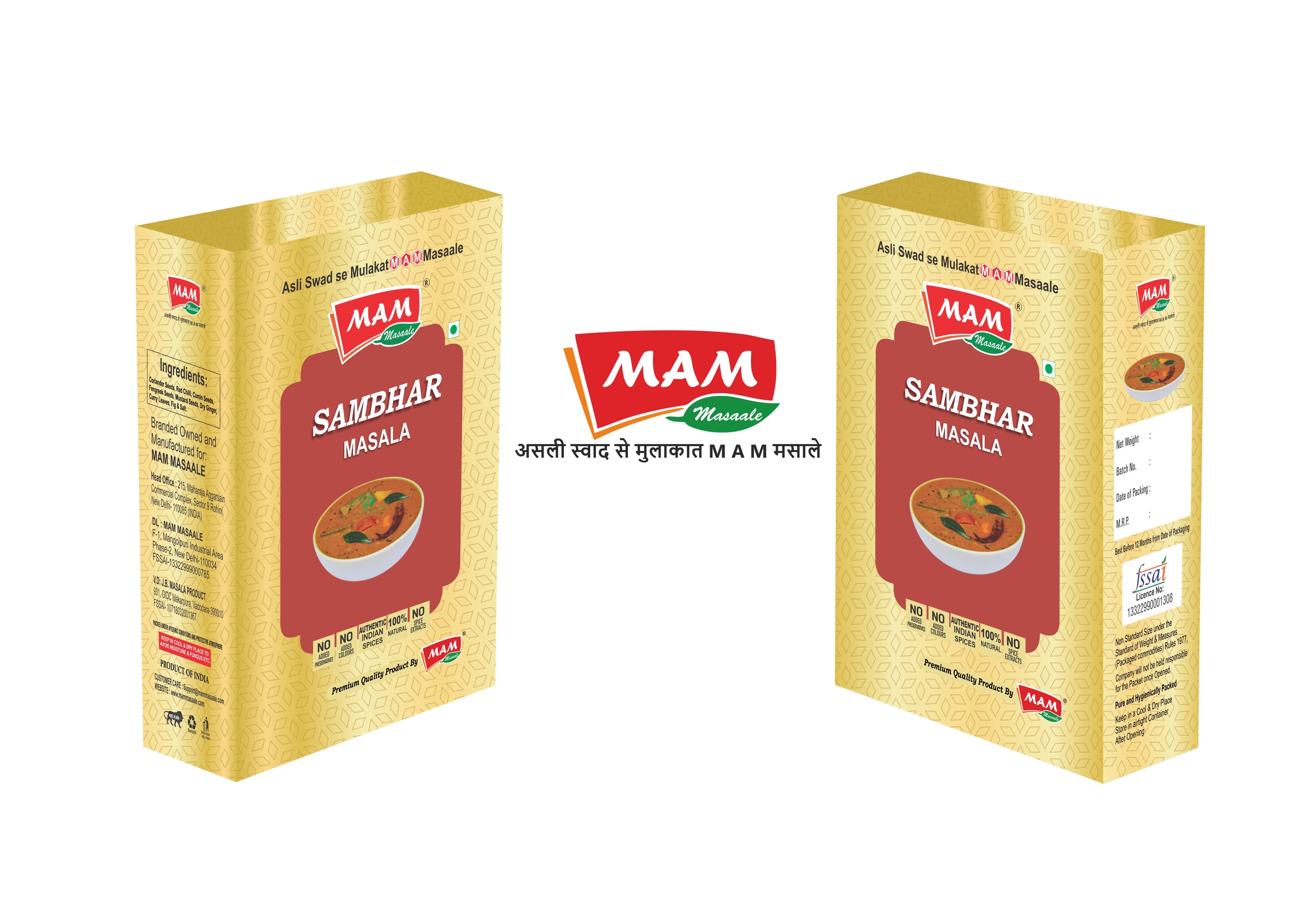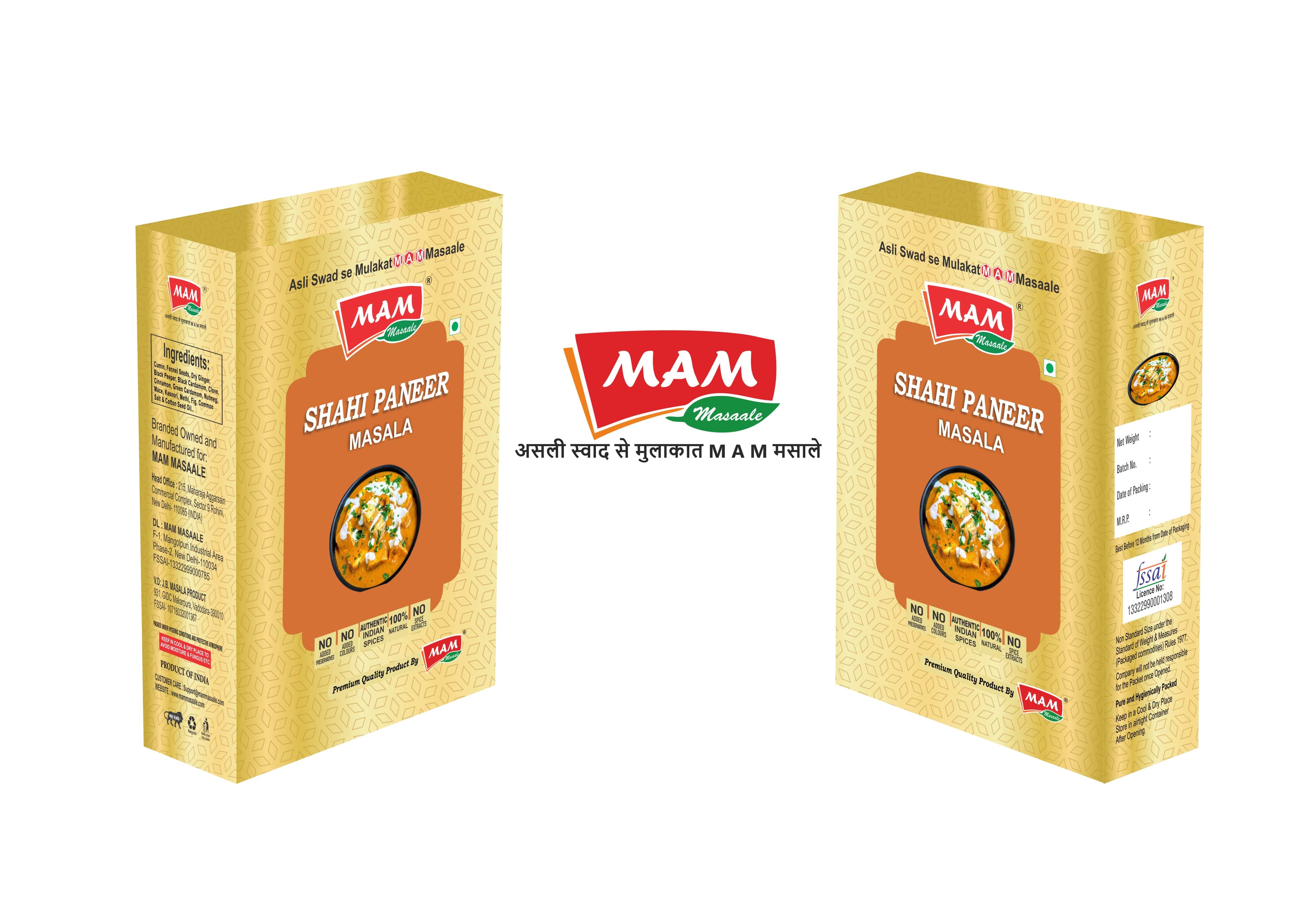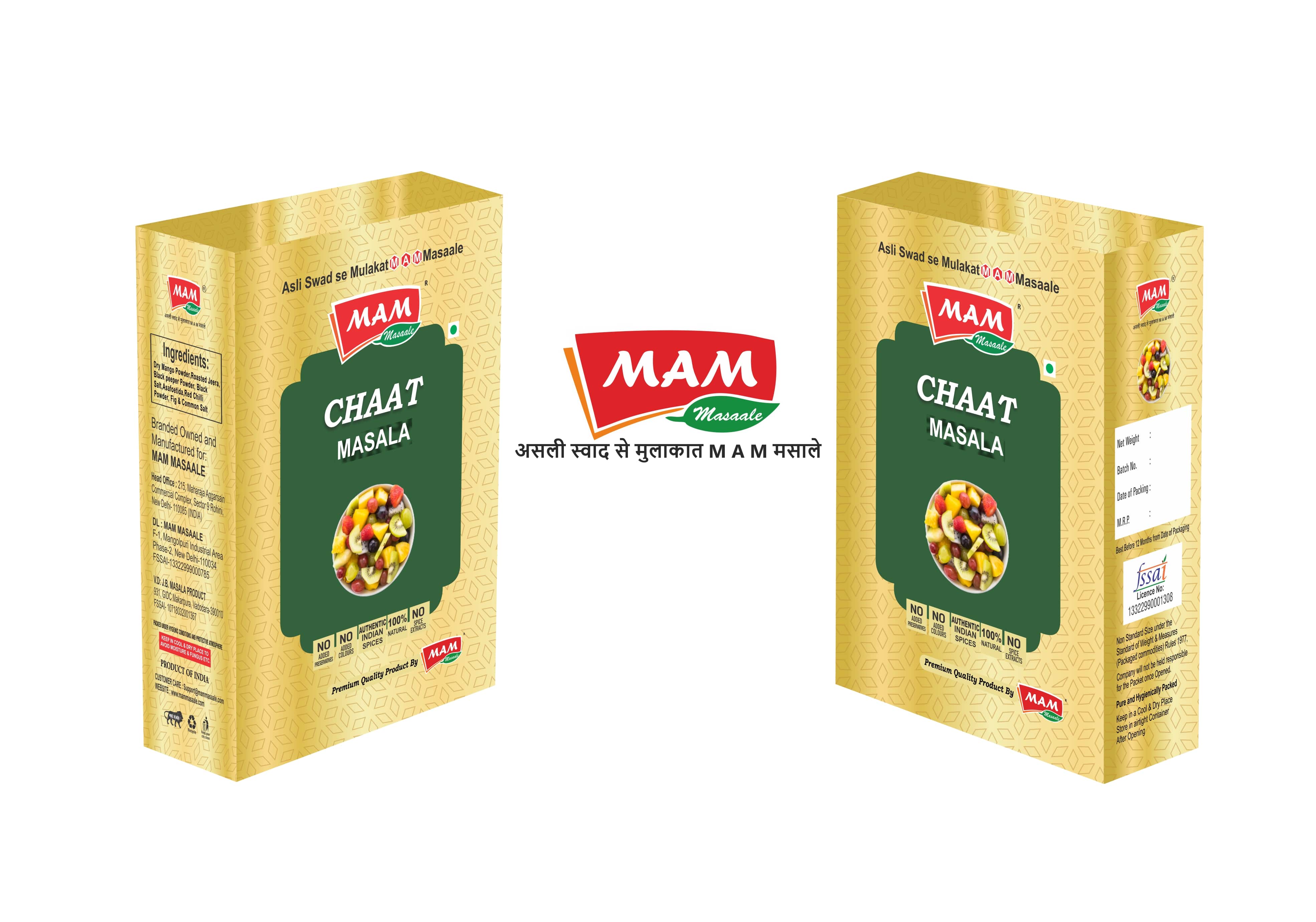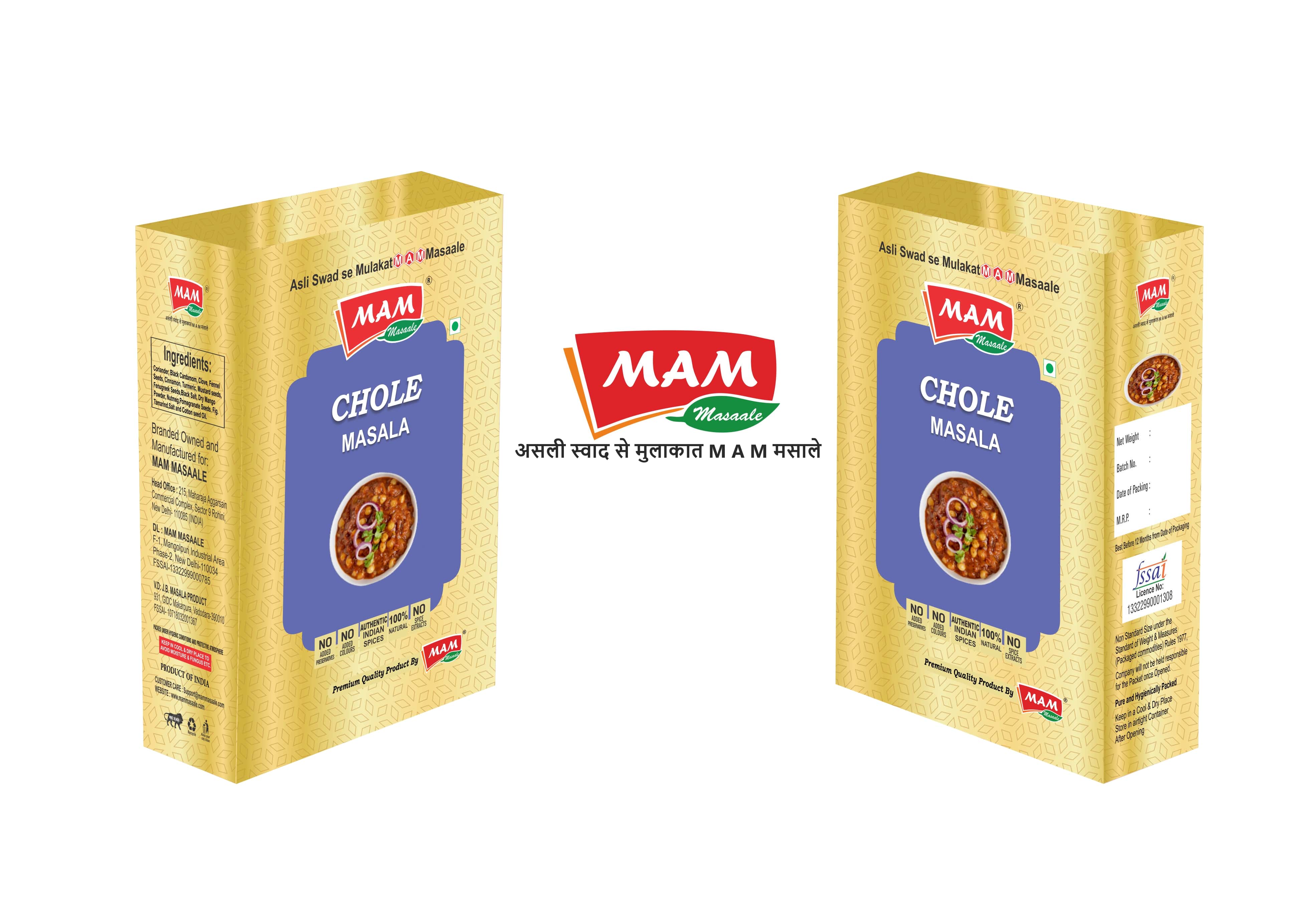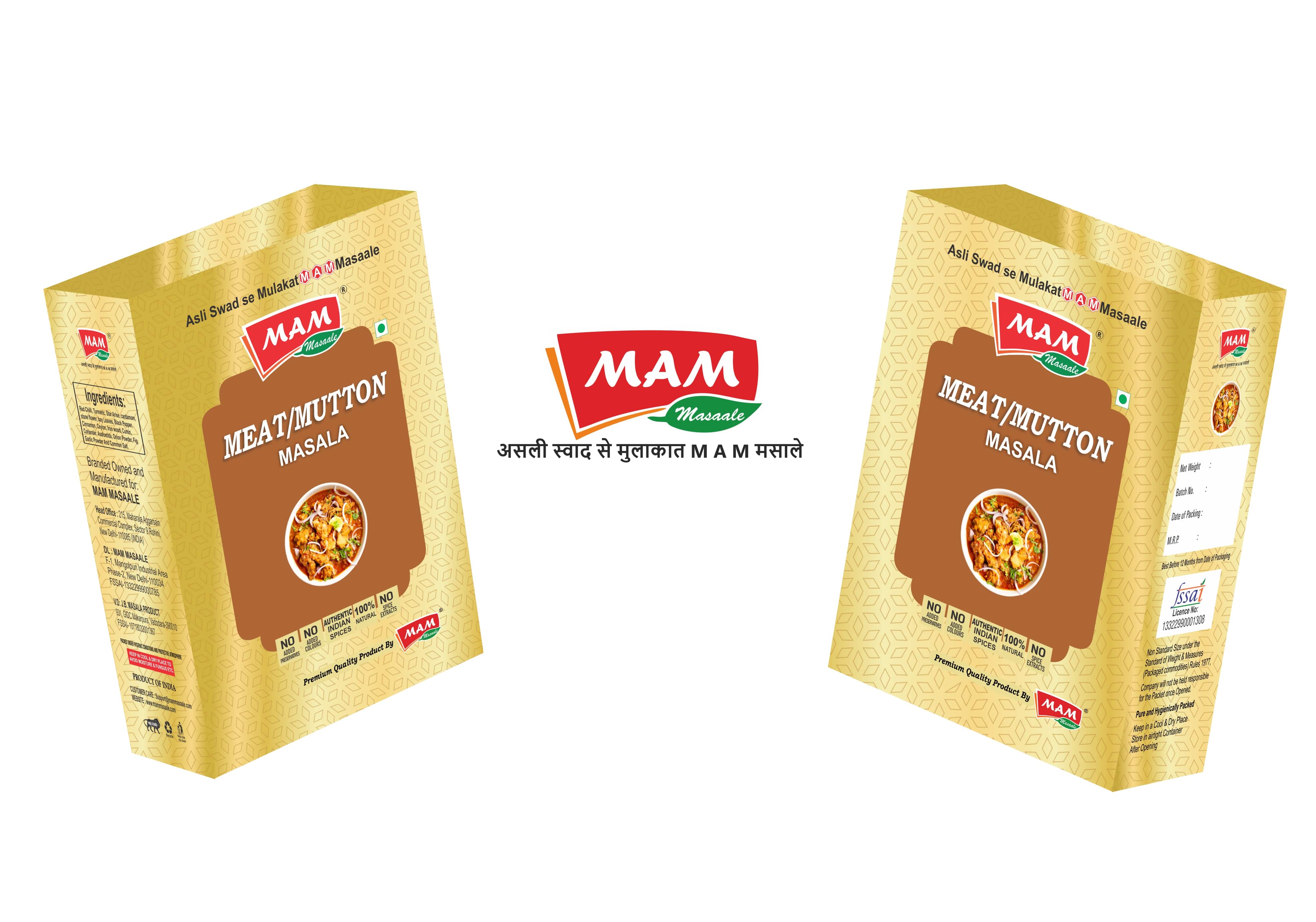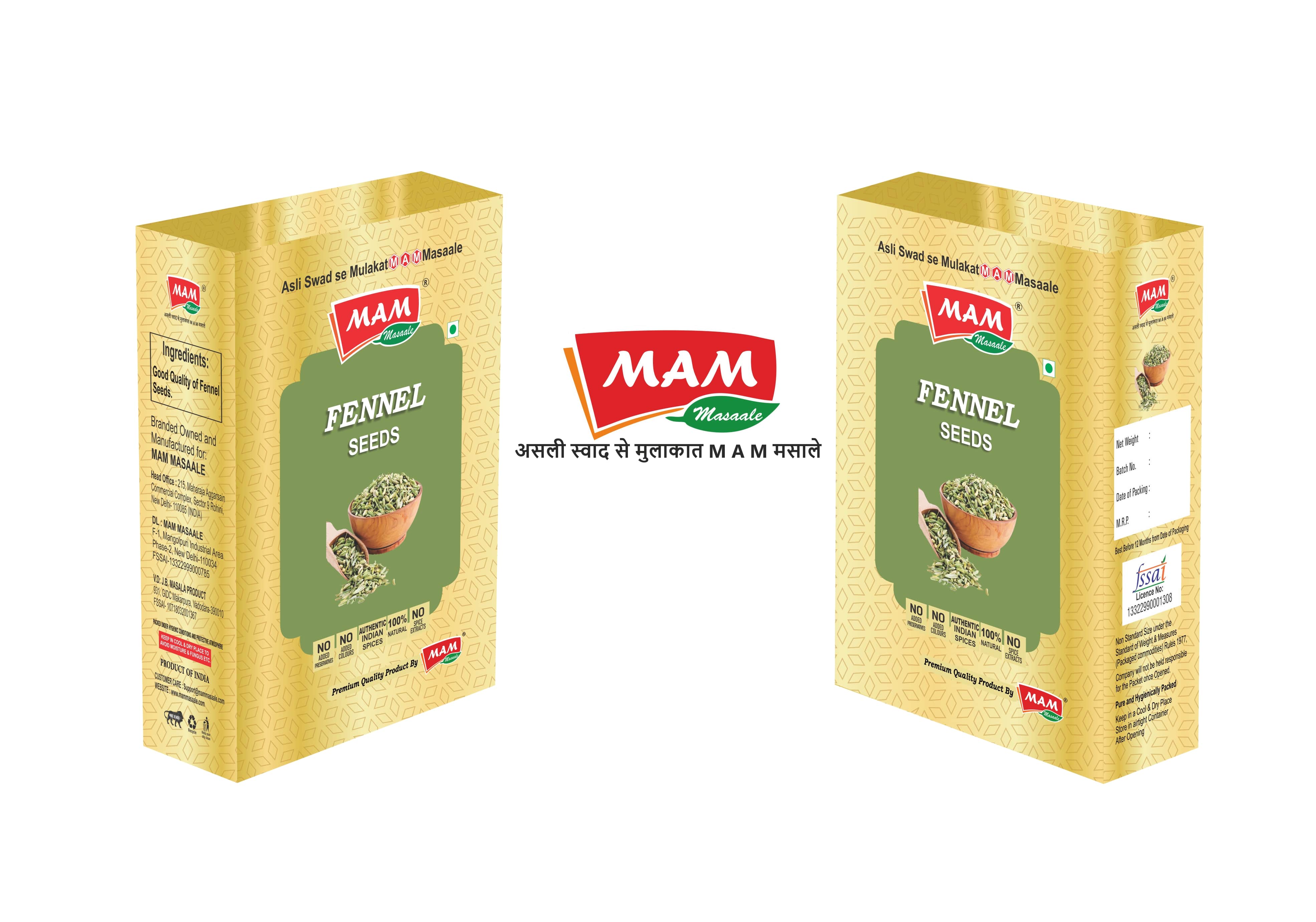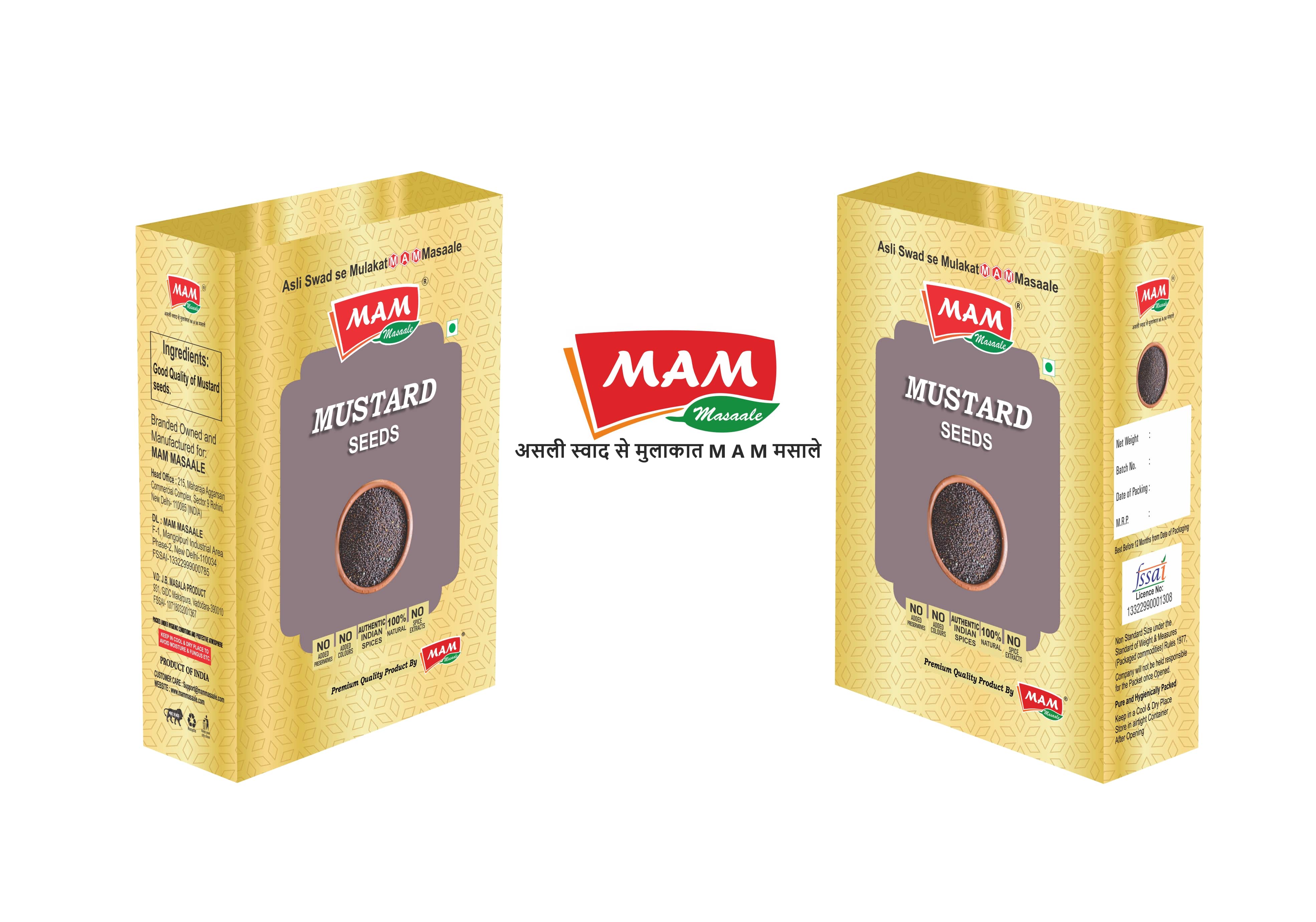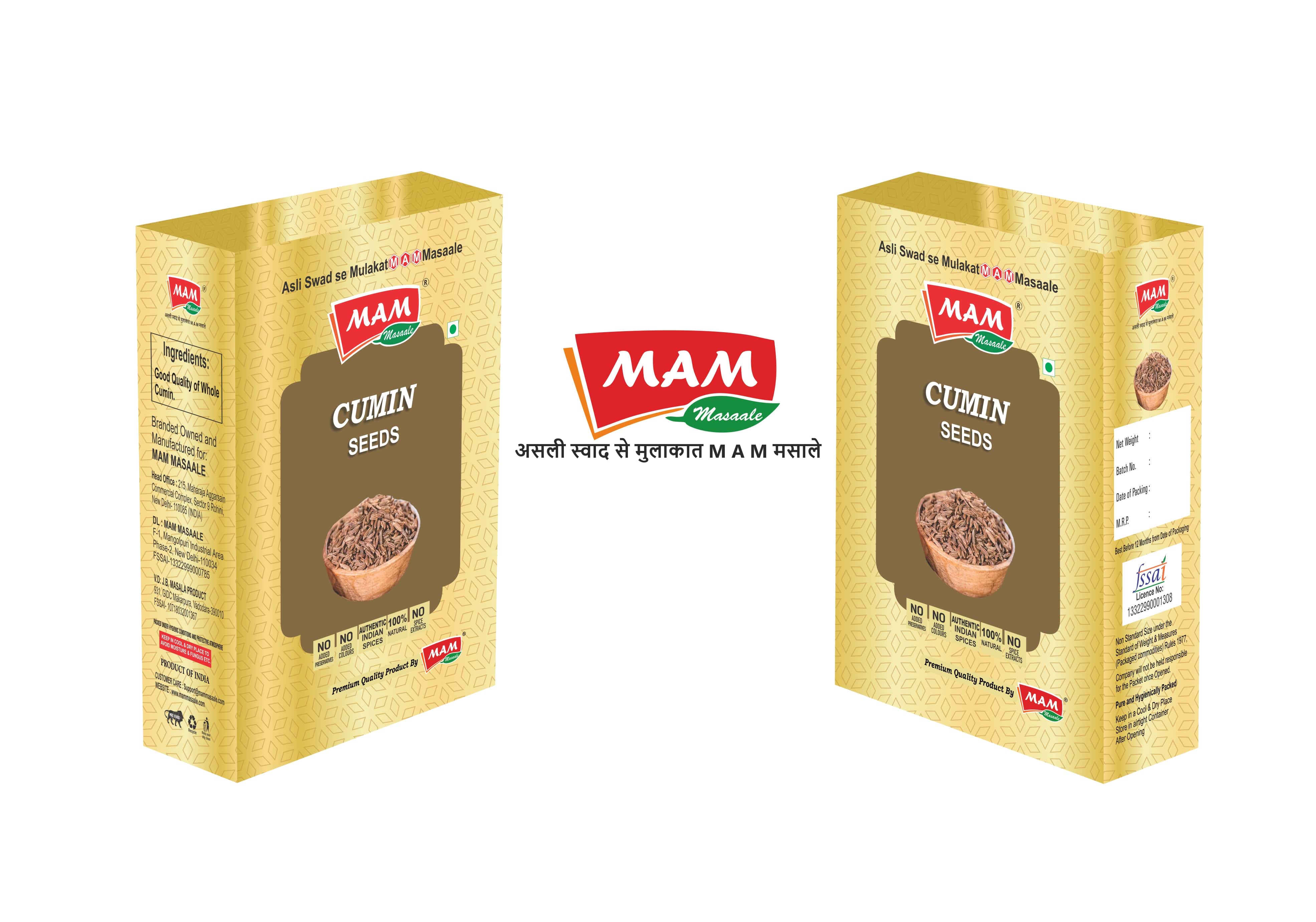In the realm of culinary delights, the vibrant and diverse spices from India hold a special place. Renowned for their rich flavors, unique aromas, and cultural significance, Indian spices have become sought-after ingredients in kitchens worldwide. If you're a spice enthusiast looking to explore the world of exotic flavors, importing spices from India could be a thrilling venture. This guide will walk you through the process of importing spices from India, from understanding the market to navigating regulations and finding reliable suppliers.
Understanding the Spice Market in India:
India is a treasure trove of spices, offering a wide variety that caters to every palate. The country is a leading producer of spices like cumin, coriander, cardamom, turmeric, and more. To embark on your spice-importing journey, it's crucial to familiarize yourself with the types of spices available and their geographical origins within India.
Keyword: spices from India
Research and Identify Your Target Spices:
Once you've grasped the vastness of the Indian spice market, narrow down your focus to the specific spices you want to import. Consider factors like market demand, shelf life, and shipping feasibility. This targeted approach will help streamline your sourcing process and enable you to cater to specific customer preferences.
Locating Reliable Spice Suppliers:
Finding trustworthy suppliers is paramount to a successful spice-importing venture. Leverage online platforms, trade directories, and industry forums to identify potential suppliers. Establish direct communication with them to discuss your requirements, quality standards, and pricing. Building a strong relationship with your suppliers is key to ensuring a consistent supply of high-quality spices.
Navigating Import Regulations:
Importing spices involves compliance with various regulations and standards to ensure the safety and quality of the products. Familiarize yourself with the import regulations of your country, including labeling requirements, food safety standards, and quarantine procedures. Engaging a customs broker or seeking guidance from relevant authorities can simplify the regulatory process and prevent potential setbacks.
Keyword: import spices from India
Quality Assurance and Certification:
Ensuring the quality of the spices you import is crucial for building trust with your customers. Many Indian spices are eligible for certification from government agencies or international bodies. Look for suppliers who adhere to quality standards such as ISO certifications, organic certifications, or those who follow Good Manufacturing Practices (GMP). These certifications act as assurances of the authenticity and quality of the spices.
Shipping and Logistics:
Choosing the right shipping and logistics partners is vital for the timely and safe arrival of your spice consignment. Evaluate shipping options, consider factors like transit time and cost, and work closely with your logistics provider to track shipments. Additionally, factor in packaging requirements to preserve the freshness and aroma of the spices during transit.
Building Relationships and Cultural Sensitivity:
Cultural nuances play a significant role in international business, and understanding the cultural context of your spice suppliers is essential. Building strong relationships with your Indian counterparts through open communication and cultural sensitivity can foster long-term partnerships and facilitate a smoother importing process.
Keyword: spice suppliers in India
Market Trends and Customer Preferences:
Stay informed about market trends and evolving consumer preferences in the spice industry. With the growing demand for organic and ethically sourced products, aligning your offerings with these trends can give your business a competitive edge. Regularly assess customer feedback and adjust your spice selection accordingly to meet the dynamic demands of the market.
Conclusion:
Embarking on the journey of importing spices from India opens up a world of aromatic possibilities for culinary enthusiasts and businesses alike. By understanding the Indian spice market, establishing reliable supplier relationships, navigating import regulations, and staying attuned to market trends, you can create a successful and sustainable spice-importing venture. Immerse yourself in the rich tapestry of Indian flavors and bring the essence of authentic spices to kitchens around the world.


